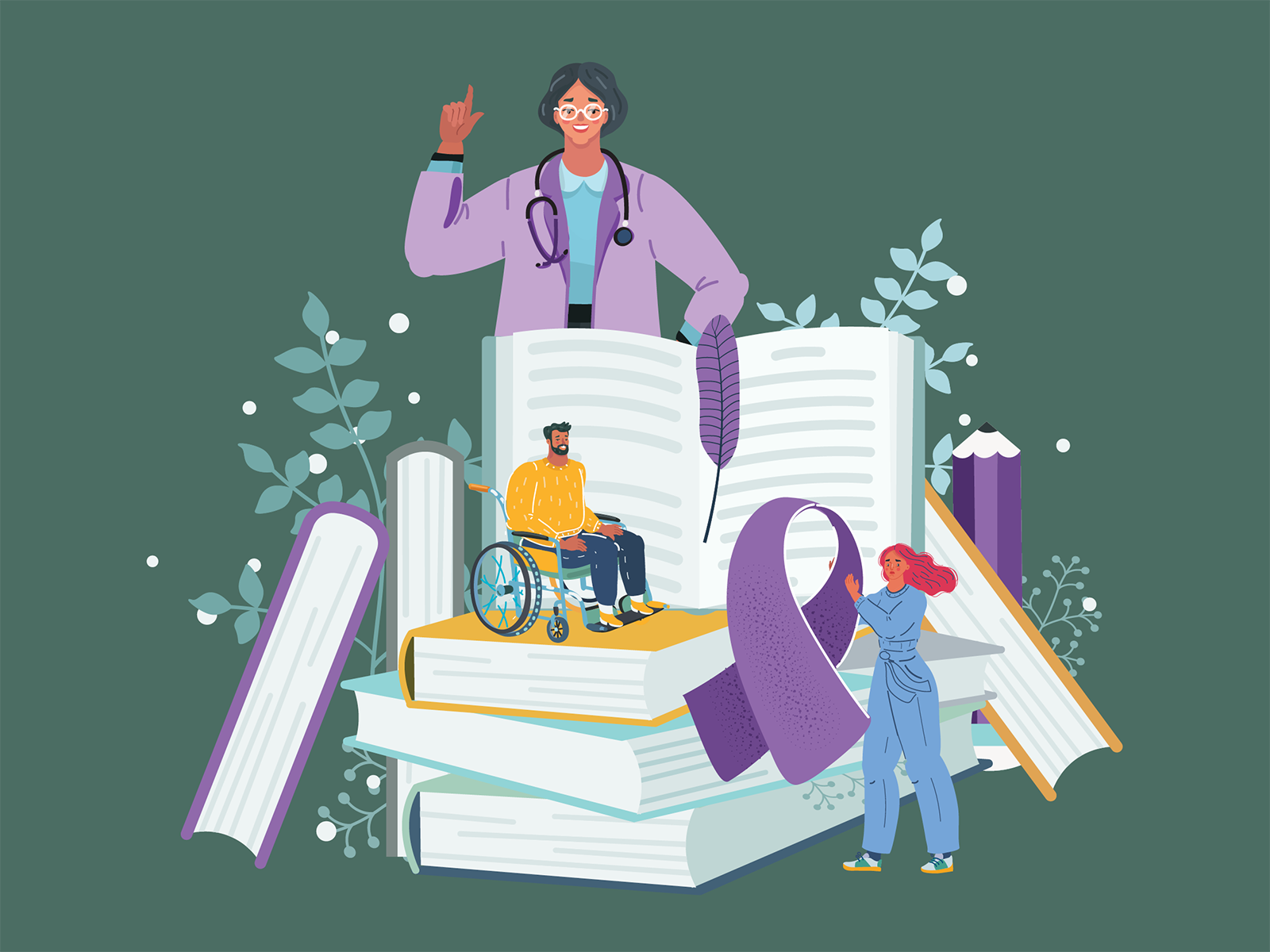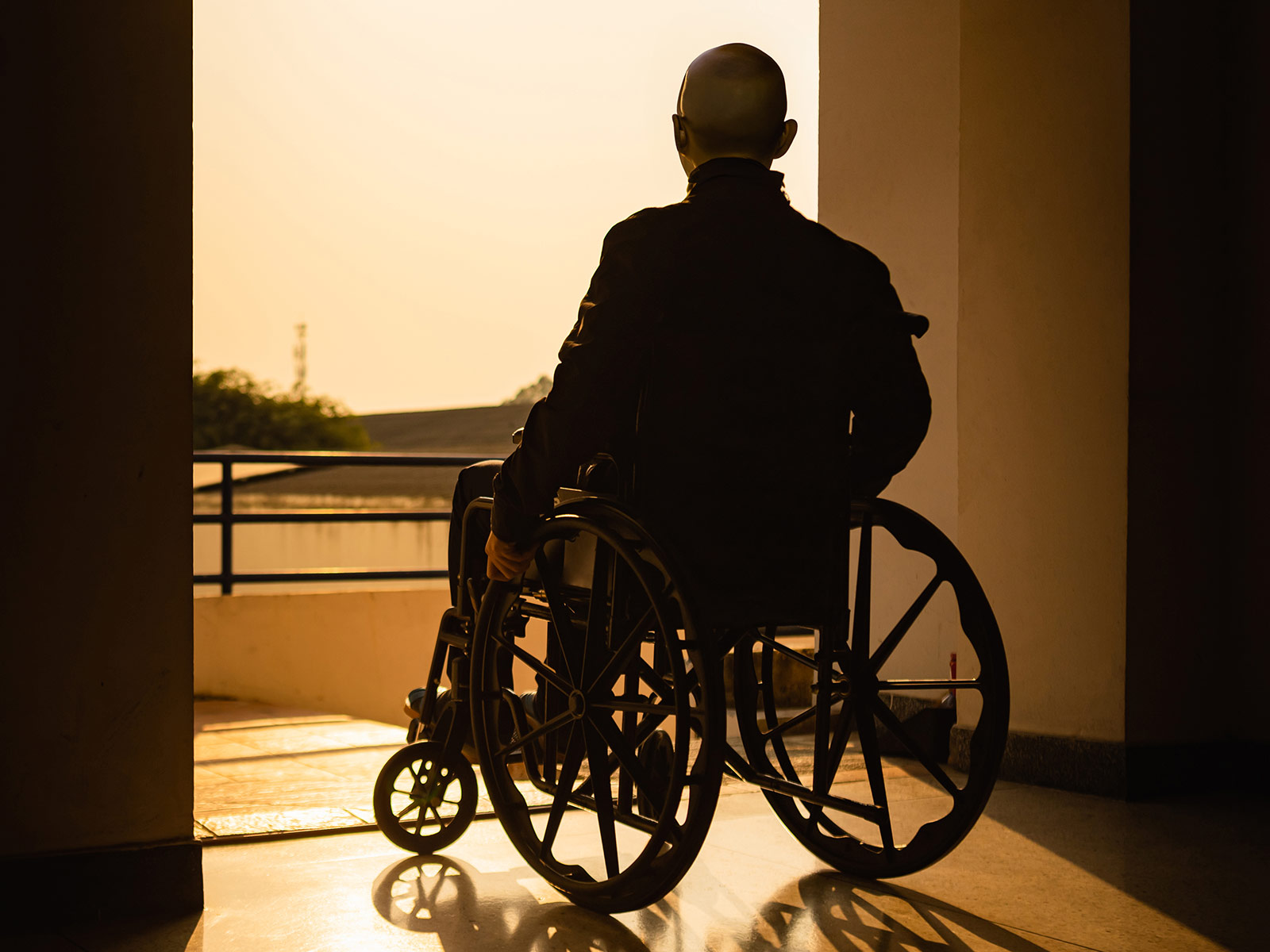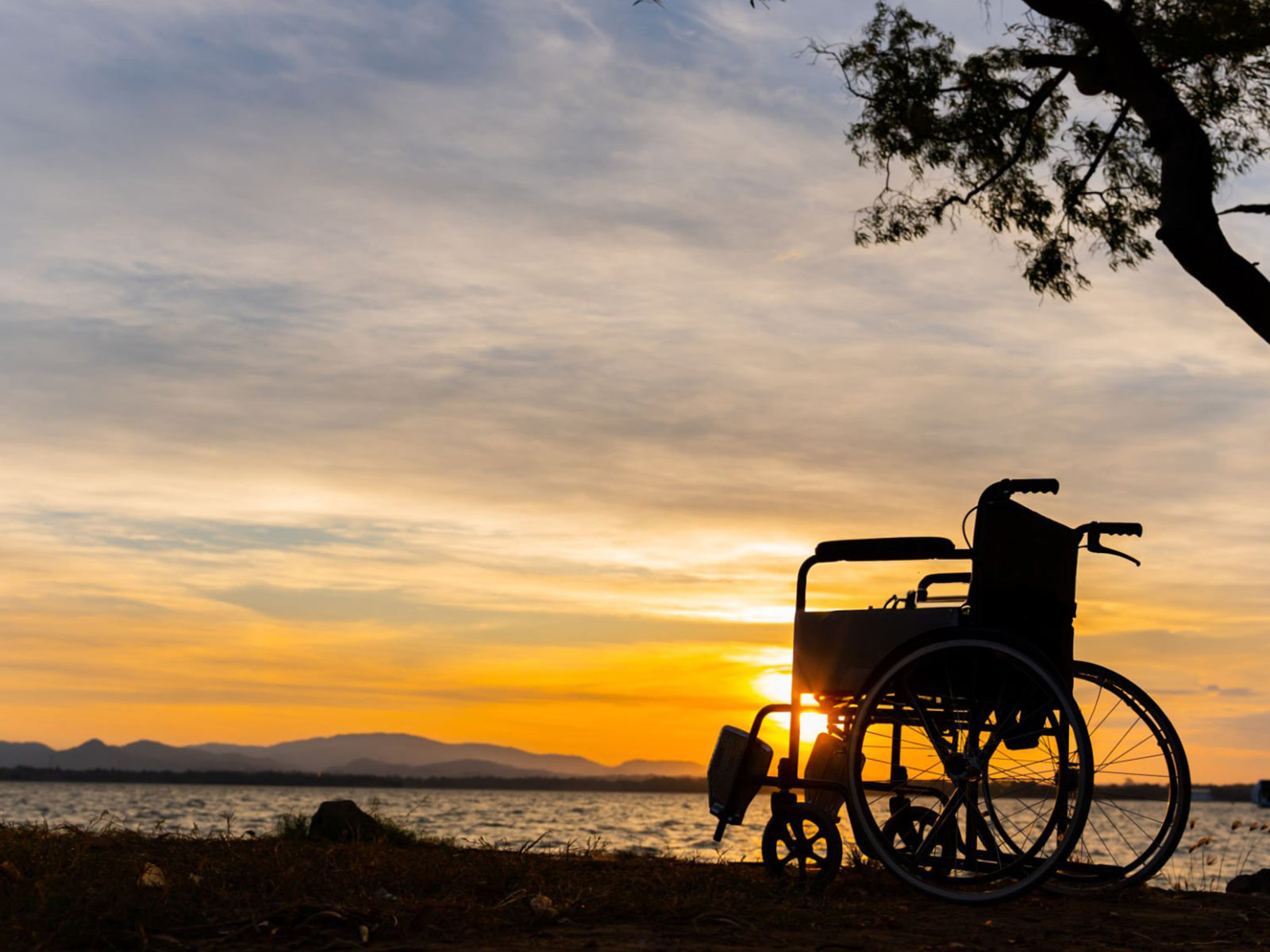
Issue 50
May 2024
THE LAST MILE
By Dr Noreen Chan, Head & Senior Consultant, Division of Palliative Medicine, National University Cancer Institute, Singapore

I have never written a book, but am proud to have contributed to the “birth” of a few. Years ago, my mentor, Dr Rosalie Shaw published a collection of her short stories called “Soft Sift in an Hourglass” (the title was drawn from a poem by Gerard Manley Hopkins)—and I helped with the subtitle on the front page: “Stories of hope and resilience at the end of life” and the blurb on the back page.
Rosalie had always kept a journal and would jot down notes and reflections which sometimes made their way into essays, short stories and lectures (with names and details changed to protect her patients’ confidentiality). She felt that telling stories was a powerful tool of communication, and always encouraged me to write about my work and encounters with patients and families. This was around the time when Narrative Medicine was fast developing and Rosalie’s interest was sufficiently piqued. She attended a workshop at Columbia University by one of the doyennes of the field, Dr Rita Charon.
Narrative medicine and its related terms, narrative-based medicine and narrative practice, has at its core the narrative or story of the patient (and family) and of the healthcare practitioner, centred around the experience of illness and healing. At one end of the spectrum is a more academic approach which requires close study of works of art (visual, performance or written)—an example is Tolstoy’s “The Death of Ivan Ilyich”—often accompanied by writing activities, whether in response to the art or inspired by personal experience.
The other end of the spectrum lies in skills training as applied to the clinical encounter, in particular, conversations with patients and families. The focus is the patient’s story as told by the patient, rather than the “medicalised” stripped down version that the healthcare provider extracts.
So for example, the doctor might say “52-year-old woman with gall bladder cancer presenting as three months of abdominal pain and weight loss”. Whereas the patient might say “I’ve been having gastric pains for a long time, my company doctor gave me medication but the problem kept coming back. I even went to see the sinseh. Actually I didn’t want to see the doctor again but my friends were worried I was getting thinner. I couldn’t believe it when they said I have cancer, how can it be? I don’t smoke and I lead a healthy lifestyle.”
Whatever the approach, I believe there is merit in appreciating the stories our patients tell us, and the stories we tell ourselves and each other. After all, human beings have told stories for millennia, to entertain one another, help children to sleep, teach and share collective wisdom, pass down values and cultural norms. By telling stories from personal experience, we also “process” or “unpack” that experience, although we have to be mindful that different people can have very different perspectives of the same encounter, as the Kurosawa film “Rashomon” illustrated so well.
Narrative medicine and its related terms, narrative-based medicine and narrative practice, has at its core the narrative or story of the patient (and family) and of the healthcare practitioner, centred around the experience of illness and healing.”
I count myself lucky to have had the opportunity and time to listen to so many stories of patients and families. They can be surprising, heartbreaking, inspiring, funny, shocking, but all are unique and deeply personal. They remind me that we care for persons and not just diseases or organ systems, and that the human condition is a rich tapestry. We cannot solve all our patients’ problems, but we can honour them with our attention and bear witness to their experience.
Recently I discovered a couple of short stories I had written 20 years ago about patients I h\ad seen at a hospital I previously worked at. One I have dusted off, edited and present here.
Goodbye Charlie
It is many years ago now that I first met Charlie on the cardiothoracic surgery ward. He was 27, bald, skinny and prematurely aged by the lung cancer that had been diagnosed a year ago. There were tubes snaking out of his chest and under his pyjama top into drainage bottles, souvenirs from recent surgery for a pericardial effusion (accumulation of fluid around the heart). What struck me about him wasn’t just how young he was, but the openness with which he discussed his cancer, and his improbably sunny disposition. He smiled often and reassured me “everything’s going to be all right”.

I found it hard to believe his reaction. Surely he was in denial. A biopsy done during the procedure showed that cancer cells had invaded the lining around his heart. Further treatment options for the cancer were limited, things were obviously going downhill, how could he be so bright and cheerful?
Didn’t he get it? But cheerful he was, and cheerful he remained. He was transferred back to the Oncology ward, and it was like he was meeting up with old friends, catching up with the nurses and cracking jokes, telling everyone “Don’t be too funny OK, it hurts when I laugh!”. Over the next few days, the tubes were removed and Charlie went home, but not before asking his family to deliver cakes to the ward staff.
A month went by, then I came in to work one Monday to discover that Charlie had been admitted to the Intensive Care Unit (ICU) over the weekend. He had come to the Emergency Department with breathing difficulty, and was intubated. I rushed to the ICU; my intensivist colleagues informed me that after lengthy discussions, a decision had been made to remove Charlie’s breathing tube—and he had decided that he did not want to be re-intubated under any circumstances.
I dropped by his cubicle wondering if he would be alert, let alone able to communicate. He looked tiny against the banks of monitors and machines, I could hardly see his face behind the oxygen mask. I had to stand at the foot of the bed; his sister Alicia was on one side, and the recently disconnected ventilator on the other.
“Hey Charlie,” I said, raising my voice above the hiss of the oxygen flooding his face mask. His eyes flickered open and he whispered something into Alicia’s ear, and she straightened and said, “Charlie says how are you, doctor?”
That was typical Charlie. “I’m good, Charlie. I hear they’re letting you go back to the general ward.” He gave a thumbs-up sign then scribbled on his pad “C U LATER DOC”.
It was a different Charlie who came back to the Oncology ward, physically at least. He was too breathless and frail to speak much, but had a ready smile for anyone. Initially he seemed to be holding his own, but within a few hours it became clear that he was deteriorating. In short, he was dying. His breathing became faster and more laboured, requiring us to start an infusion of morphine to relieve his breathlessness. He was moved to a side room to give him more space and privacy.
We spoke to his parents and siblings outside, as friends and relatives filed in to visit. Red-eyed and exhausted, they spoke of how sad they were to lose him, but how lucky they had been to have had him in their lives. They knew it would not be long, and they were clear that they did not want to bring Charlie home. “He’s so comfortable here, this ward is like his second home.”

I had few words—they seemed superfluous. I watched his family return to Charlie’s bedside. His favourite music was playing and he was barely conscious, but he looked so peaceful that, were it not for the loud breathing, he could have been asleep. His father placed a hand on Charlie’s forehead and began to pray as everyone joined hands in a tight circle of grief leavened by unconditional love.
As I said a silent goodbye, I realised Charlie had been right after all. I was the one who didn’t get it. It was going to be all right in the end.
As I said a silent goodbye, I realised Charlie had been right after all. I was the one who didn’t get it. It was going to be all right in the end.”
More from this issue

PEOPLE OF NUS MEDICINE
The Kindest Cut
PEOPLE OF NUS MEDICINE
The French Connection


